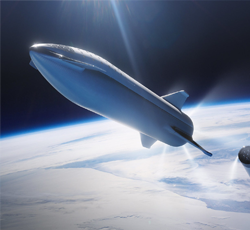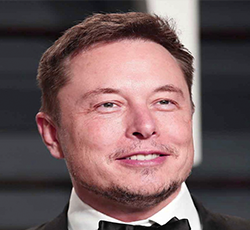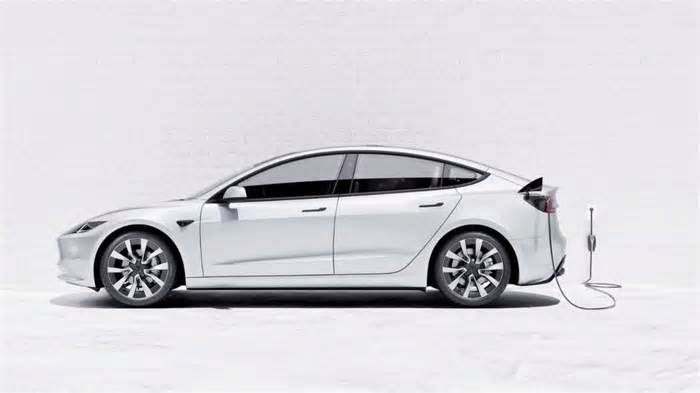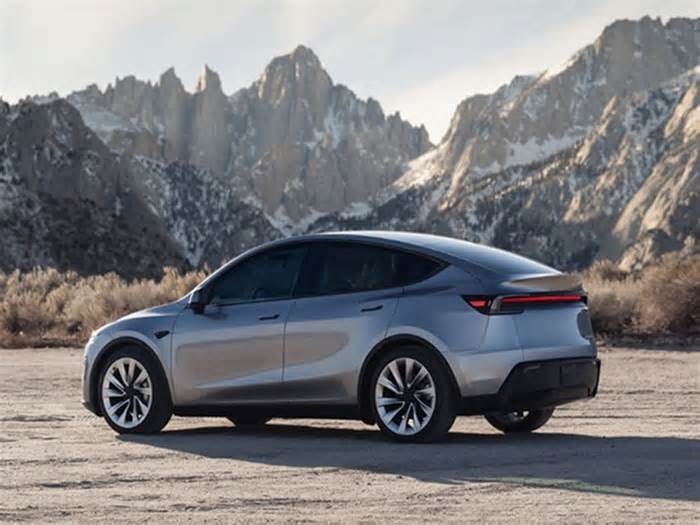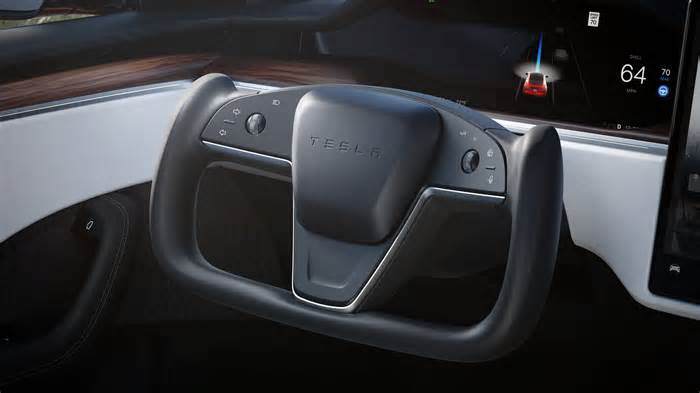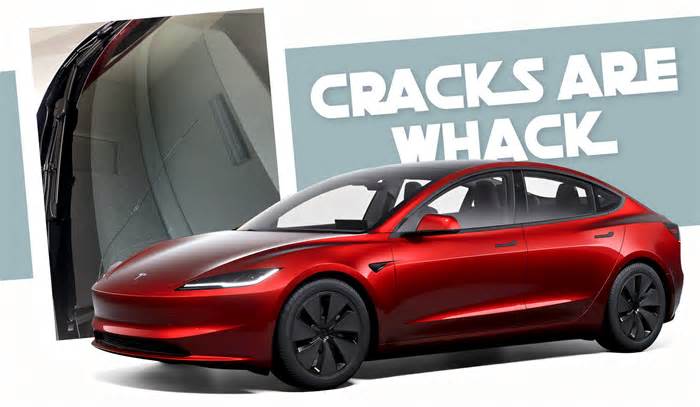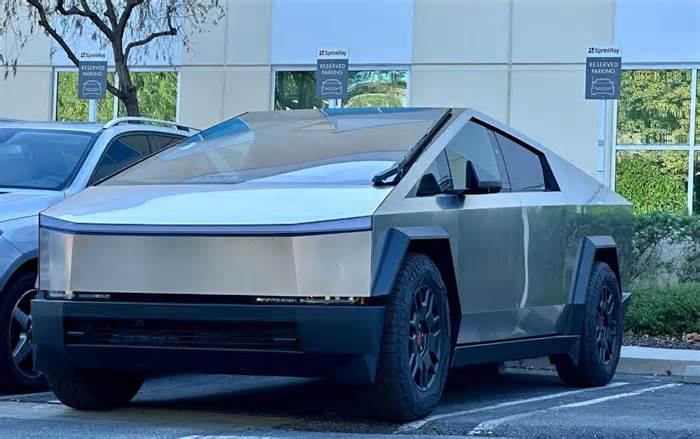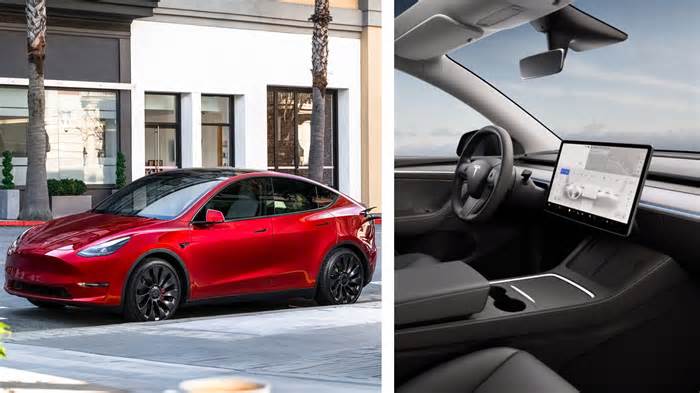
Elon Musk recommends that the International Space Station be deorbited ASAP
- by Ars Technica
- Feb 20, 2025
- 0 Comments
- 0 Likes Flag 0 Of 5
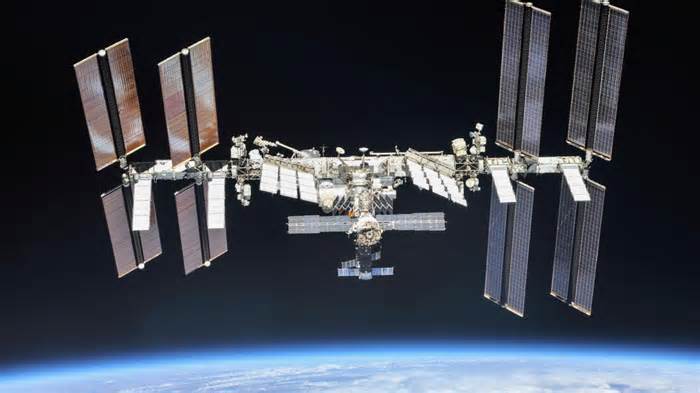
Minimize to nav
In a remarkable statement Thursday, SpaceX founder Elon Musk said the International Space Station should be deorbited "as soon as possible."
This comment from Musk will surely set off a landmine in the global space community, with broad implications. And it appears to be no idle comment from Musk who, at times, indulges in deliberately provocative posts on the social media network X that he owns.
However, that does not seem to be the case here.
"It is time to begin preparations for deorbiting the @Space_Station. It has served its purpose. There is very little incremental utility. Let’s go to Mars," Musk wrote at midday on Thursday.
This original statement was somewhat ambiguous. Last July, NASA awarded Space X an $843 million contract to modify a Dragon spacecraft to serve as a propulsive vehicle to safely guide the aging space station into the Pacific Ocean in 2030. So in some sense, preparations are already underway to shut down the laboratory.
I asked Musk if he meant that NASA and the US government should commit to the 2030 end-of-life date, or if he wanted to accelerate the timeline for the station's demise.
"The decision is up to the President, but my recommendation is as soon as possible. I recommend 2 years from now," Musk replied.
In other words, the owner of SpaceX, the most powerful actor in spaceflight globally, and one of the most powerful people in the world who is presently working alongside the US president to transform the government, wants to bring the space station down in early 2027.
Myriad ramifications
The politics of this are complicated. President Trump could propose shutting down the space station, but the budget for the deorbit vehicle (which is necessary, otherwise the station might make an uncontrolled reentry over land) must be funded by Congress.
The space station has key supporters in Congress, including Sen. Ted Cruz (R-Texas), in whose state the orbiting laboratory is managed. Cruz has long been an advocate of the space station. Ars reached out to Cruz for a comment on Thursday, but the senator did not immediately respond.
However, a key source said Cruz was "furious" with the sentiment from Musk. The timing of Musk's tweet could make the confirmation of private astronaut Jared Isaacman to become NASA administrator more difficult. As part of the confirmation process, Isaacman is due to begin meetings with US senators in the coming week.
Having to answer questions about the end-of-life for the space station will make some of these meetings uncomfortable.
As chairman of the US Senate Committee on Commerce, Science, & Transportation, Cruz effectively has control over Isaacman's confirmation process. He was also just re-elected to a six-year term, so theoretically Cruz is less susceptible to political pressure from the Trump White House.
NASA in a tight spot
Musk's statement would also put NASA in a difficult position. The US space agency, along with most of the international partners, wants to keep the space station operating until at least 2030. Roscosmos, Russia's space agency, has formally committed to operating the space station through at least 2028. The United States and Russia each operate a large segment of the space station, and cooperation from both major partners is necessary to keep the lab flying.
In reality, NASA has only been fully utilizing the space station since late 2020, when it began to fly a full complement of astronauts thanks to SpaceX's Crew Dragon coming online. The agency says it has a lot of worthwhile scientific and human performance research to conduct over the next five years.
NASA's selection of a deorbit vehicle last summer was a concrete signal that it intends to end the life of the venerable space station in 2030.
Some stakeholders, including Boeing, which has a large contract to operate the station for NASA, have suggested the facility could fly beyond 2030. However, structural elements of the station have been in space for more than a quarter of a century, and NASA is growing increasingly concerned about leaks in Russian modules aboard the facility.
As the ISS goes away, NASA's plan is to transition operations to private space stations in low-Earth orbit, a plan it calls "Commercial LEO Destinations." The space agency has provided some funding to four different companies to begin work on these stations.
Nevertheless, this program is generally underfunded, and there are questions about the viability of private companies operating facilities in space by or before 2030. The general consensus in the space community is that if NASA wants to have even a single private space station operating in low-Earth orbit by 2030, it will need to increase funding for this.
What is Elon doing?
There are some plausible explanations for why Musk would seek to end the life of the space station early. His statement about "Let's go to Mars" implies that the money presently being spent on the space station should be repurposed toward human exploration of Mars.
NASA's annual budget for the International Space Station is a little more than $3 billion. Of this more than half is spent on "transportation," which is cargo and crew supply missions. In 2023, for example, NASA spent $1.76 billion on transportation to the station, the majority of which went to SpaceX for its Dragon cargo and crew flights.
Canceling NASA's operations in low-Earth orbit could free up some funding for Mars if Cruz and the other ISS supporters in Congress agree, which seems questionable.
Musk has likely told Trump that NASA does not need to fund private space stations in low-Earth orbit. Rather, Musk could offer an alternative solution if NASA wants to maintain a presence there. SpaceX already plans to launch multiple Starship vehicles into space, and NASA is working on Starship life support systems for its Artemis missions. A version of Starship could be developed to provide a semi-permanent presence in low-Earth orbit.
This is, of course, easier said than done.
It would also wreck the business plans of multiple US companies working to provide this capability for NASA. Moreover, it would shoulder even more responsibility for the US space enterprise onto a single company, SpaceX. This goes against NASA's long-standing policy to have multiple providers and its desire to foster a healthy ecosystem of commercial space companies.
Please first to comment
Related Post
Stay Connected
Tweets by elonmuskTo get the latest tweets please make sure you are logged in on X on this browser.
Sponsored
Popular Post
tesla Model 3 Owner Nearly Stung With $1,700 Bill For Windshield Crack After Delivery
35 ViewsDec 28 ,2024
Middle-Aged Dentist Bought a Tesla Cybertruck, Now He Gets All the Attention He Wanted
32 ViewsNov 23 ,2024





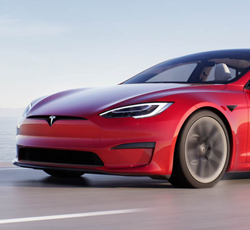
 Energy
Energy